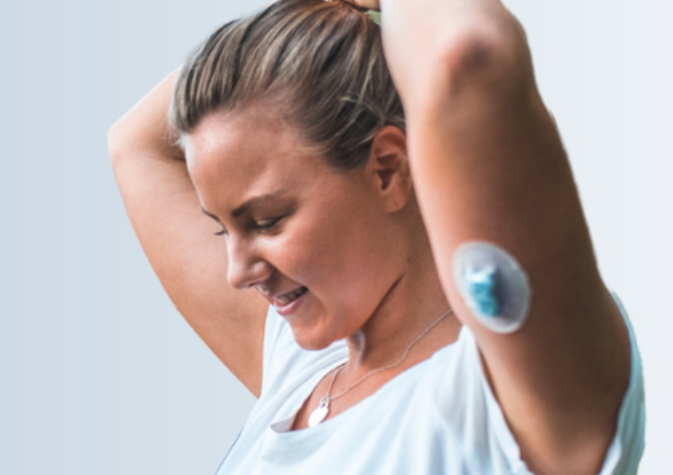What’s Biocompatibility?

Post #1: What’s Biocompatibility?
A while ago, I initiated a poll asking if I should compile a FAQ on biocompatibility.
You voted YES. So, here we are!
Occasionally, my parents and friends ask me about my work (yes, over and over again). This is where the story of biocompatibility begins.
We have medical devices. These devices interact with patients.
⏩If you want to measure your blood pressure, you use a sphygmomanometer.
⏩If you get a blister from new hiking boots, you use a plaster.
⏩If you undergo surgery, you may have an implant.
All these devices are made of various materials. These materials are diverse and can interact differently with the tissue where they are placed. There might be adverse reactions (like allergies or immune responses), but we aim for positive outcomes, such as promoting healing.
A material that works well in a sphygmomanometer might cause a toxic reaction when used in blood. This means that biocompatibility is context-dependent. Additionally, a material might work perfectly when used for less than 24 hours, but cause problems when used for years. Furthermore, materials can interact with each other when combined in a medical device. They can also change their properties or accumulate residuals during manufacturing processes (think cleaning or sterilization!). This too must be assessed.
This is the beauty of biological safety for me: the evaluation depends on the medical device, its manufacturing specifics, and the type and duration of contact with specific tissue.
Now, let’s look at the definition from ISO 10993-1:2018
Biocompatibility: ability of a medical device or material to perform with an appropriate host response in a specific application.
⏩ Prototype phase
⏩ Design verification
⏩ Medical device changes
⏩ Emerging post-market information
What does this entail?
Prototype Phase
In this phase, candidate materials are assessed for biological safety. Are there any biological hazards associated with the chosen material? Is the material toxic or does it raise additional concerns?
Documenting these findings in a safety assessment is crucial.
(At this stage, a Biological Evaluation Plan (BEP) isn’t necessary).
Once you have these answers, you can explore alternatives – design, materials, manufacturing processes – and plan your BEP/submission accordingly.
When a medical device is fully formed (i.e., materials chosen, manufacturing processes established), a biological evaluation of the finished medical device is necessary. Why? Because a biological evaluation is a prerequisite for conducting a clinical trial. This means we need to assess a medical device BEFORE it’s used on people.
During this phase, we create a BEP where we plan the assessment and discuss the test strategy where required.
Once the assessment is completed, we draw conclusions about the biological safety of a medical device for specific markets and target populations in a Biological Evaluation Report (BER).
Remember: apply specific standards (if applicable!)
- the ISO 18562 series for breathing gas pathway medical devices
- ISO 7405 for dental devices
Okay, your device is already on the market. But it’s a living entity and changes might occur (this isn’t an exhaustive list):
- Design changes
- Material changes
- Packaging changes
- Changes in intended use
- Changes in target population
- Manufacturing process changes
- Changes in performance and characteristics
These changes should be assessed, and the outcomes should be documented in the BER.
–
A Biological Evaluation documented in the BER can’t guarantee freedom from potential biological hazards. When you or I use a medical device, unexpected adverse reactions might occur…We’re complex beings!
That’s why it’s important to review post-market feedback from users. We need to analyze information related to biological safety and update the BER where necessary.
What does “biocomp is not the checkbox” mean? I’m sure you’ve heard this expression before. But what does it mean?
ISO 10993-1:2018 includes Table A.1, which outlines the endpoints that must be addressed in a biological risk assessment. This table lists the endpoints that need to be assessed for the devices. They are categorized by:
- the nature of body contact
- the duration of contact
The intention behind this is commendable (but remember, the road to hell is paved with chocolate).
A long time ago, in a galaxy far, far away…this table was merely treated as a checklist.
- Cytotoxicity? Test performed – check!
- Acute systemic toxicity? Test performed – check!
- Material mediated pyrogenicity? Test performed – check!
What’s wrong with it?
- Some biological hazards may be not assessed
- Failed cytotoxicity test does not mean that the device is not biologically safe
- MMP test on rabbits never fails ( !), so why shall we test it like this (and not cover with literature)?
And I even did not start with assessing impact of: Manufacturing processes, Post market information, Gap analysis. Thankfully, those days are behind us. Now, we must adopt a more comprehensive framework (yes, I’m referring to risk management!).
MedTech Intelligence Content Partner
This blog post was previously posted by IMG. The author is employed by or otherwise directly associated with this Partner.